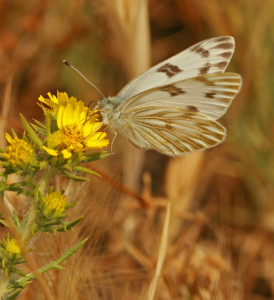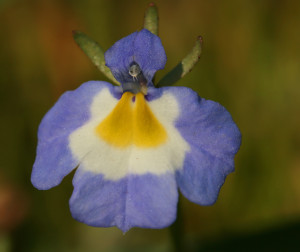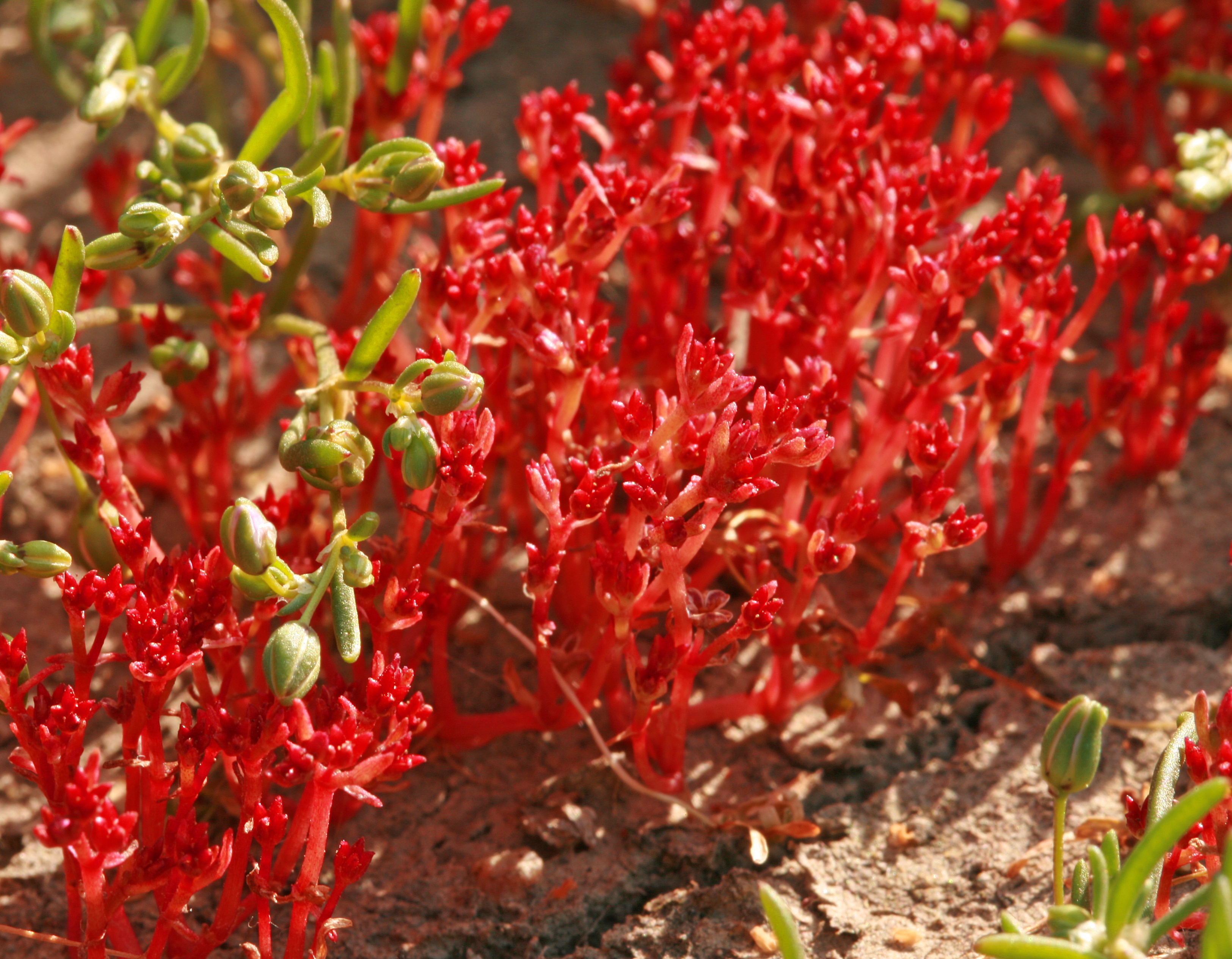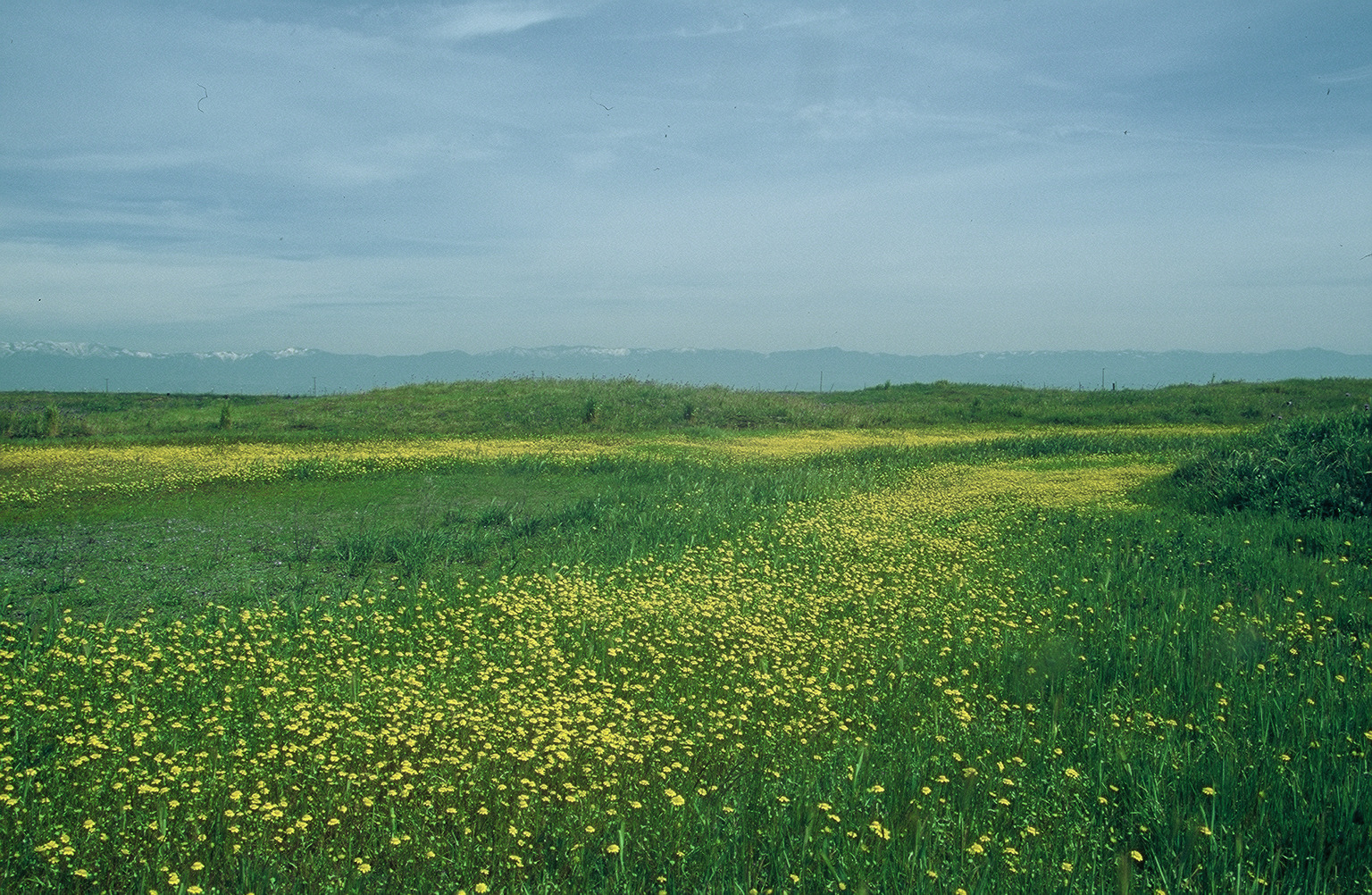
Area: 40 acres
Location: Pixley, Tulare County, California
Date Acquired: 1997
Acquisition Type: CNLM owns the preserve. We protect and manage imperiled species and habitats on the preserve in perpetuity.
Key Habitats: Vernal Pools and California Annual and Perennial Grassland
Species of Special Interest to CNLM: Vernal pool fairy shrimp (Branchinecta lynchi) and Burrowing owl (Athene cunicularia)
Introduction
Pixley Vernal Pools is a 40-acre preserve located approximately four miles east of the town of Pixley, Tulare County, California. In the early 1960’s, Jack Zaninovich, a local grape grower and botanist, was so impressed with the beauty of the pools and wildflowers that he purchased the property and later transferred ownership to The Nature Conservancy. In 1973, the U.S. Department of Interior declared Pixley Vernal Pools a National Natural Landmark in recognition of its unique botanical values. In 1997, the land was transferred to the Center for Natural Lands Management (CNLM).
Conservation Significance
This Preserve elevation varies between 322 and 329 above mean sea level and has considerable micro-topography in the form of mounds, depressions, and swales. Bordered by farmland on all sides, this Preserve represents one of the last vestiges of vernal pool habitat in the area. The plant community is classified as northern hardpan vernal pools. During the spring, the pools are bordered by concentric rings of colorful wildflowers as the water begins to evaporate. Fremont’s goldfields (Lasthenia fremontii), Hoover’s calicoflower (Downingia bella), pygmy weed (Crassula spp.), and popcorn flower (Plagiobothrys spp.) are among the numerous plants contributing to the floral displays in the spring. Additionally, the federally threatened vernal pool fairy shrimp (Branchinecta lynchi) has been found in some of the pools on site. Burrowing owls (Athene cunicularia) have also been observed using ground squirrel (Spermophilus beecheyi) burrows for shelter. Ground squirrels are especially abundant on the Preserve, providing a food source for coyotes, hawks, and other raptors. During wet years, ducks and shorebirds are found along some of the larger pools. Most grasses here are nonnative, although saltgrass and alkali sacaton are found in some areas of the Preserve.
Our Work
Our goal is to maintain a functioning natural system that supports the native wildflowers and animals of this remnant vernal pool community. As in most preserves in the San Joaquin Valley, non-native grasses pose a threat because they compete for space, moisture, and nutrients with native plants. Every three to five years, CNLM conducts prescribed burns to suppress nonnative grasses at this Preserve.
Public Access
Please contact the preserve manager for information about public access.
Contact
For more information about Pixley Vernal Pools or Center for Natural Lands Management, please contact Bobby Kamansky, Preserve Manager at bkamansky@cnlm.org or 760.731.7790 extension 222.





